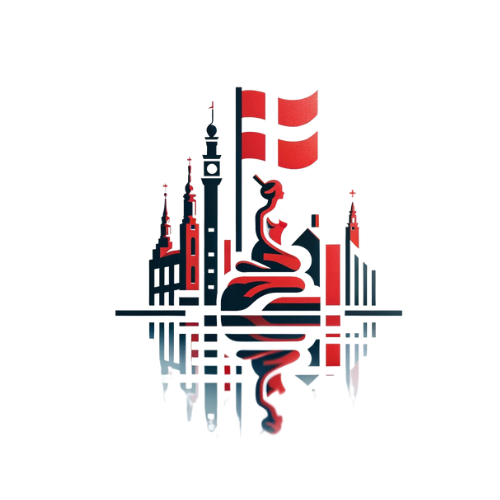The Haunting Beauty of Dark Tourism in Denmark
As a Danish man, I have always been fascinated by the rich history and cultural heritage of my country. One aspect of Danish tourism that holds a particular intrigue for me is dark tourism. Dark tourism, also known as thanatourism, involves visiting sites that are associated with death, tragedy, or disaster. While some may find this type of tourism morbid, I see it as an opportunity to delve into the darker chapters of Denmark’s past and gain a deeper understanding of our collective history.
Exploring WWII Sites
One of the most compelling aspects of dark tourism in Denmark is the opportunity to visit sites that bear witness to the country’s experiences during World War II. Places like the Tirpitz Museum in Blåvand and the Stevnsfort Cold War Museum offer visitors a chance to learn about Denmark’s occupation by Nazi Germany and its role in the Cold War.
- Tirpitz Museum: This museum, located near the remains of a German bunker, provides a comprehensive look at the impact of the Atlantic Wall on the Danish coastline. It’s a sobering reminder of the sacrifices made by the Danish people during the war.
- Stevnsfort Cold War Museum: This underground fortress was a key part of Denmark’s defense strategy during the Cold War. Visitors can explore the tunnels and learn about the tensions that gripped the region during that turbulent period.
Remembering the Viking Age
Denmark’s Viking heritage is a source of pride for many Danes, and dark tourism offers a unique way to connect with this period of history. The Viking Ship Museum in Roskilde, for example, allows visitors to see remarkably well-preserved Viking ships and learn about the seafaring traditions of our ancestors. Additionally, the Trelleborg Viking Fortress provides insight into the military strategies and daily life of the Vikings.
Visiting Castles and Palaces
While not all dark tourism sites in Denmark are directly associated with war or tragedy, many historical castles and palaces have their own eerie stories to tell. Places like Kronborg Castle, known as the setting for Shakespeare’s Hamlet, and Dragsholm Castle, with its haunted reputation, offer a glimpse into Denmark’s past through a lens of mystery and intrigue.
Embracing the Dark Side
For some, the idea of exploring sites associated with death and tragedy may seem macabre or unsettling. However, for me and many others, dark tourism in Denmark offers a chance to delve into the complexities of our history and gain a deeper appreciation for the resilience and fortitude of the Danish people. It’s an opportunity to remember the sacrifices of the past and honor the legacies of those who came before us.
So, if you’re the kind of traveler who seeks to explore the darker side of a destination and gain a deeper understanding of its history, consider adding dark tourism sites to your itinerary when visiting Denmark. While our country’s beautiful landscapes and vibrant cities are certainly worth seeing, it’s these haunting and thought-provoking sites that add depth and texture to the Danish tourism experience.
Kom og udforsk det mørke hjerte af Danmark. (Come and explore the dark heart of Denmark.)



